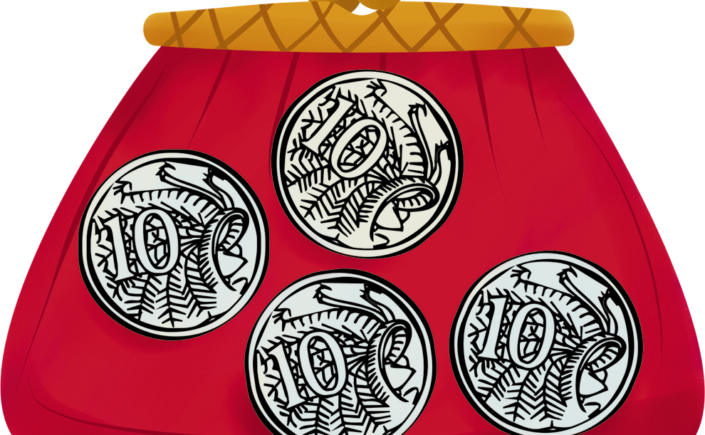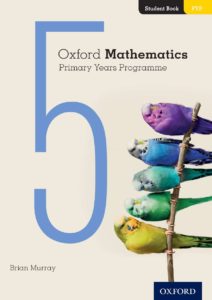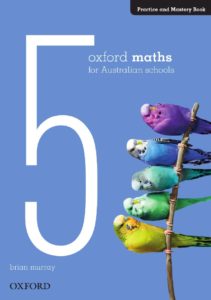First published by EducationHQ.
Following recent scrutiny of the banking sector by a Royal Commission, there have been calls to end the practice of allowing a financial institution, such as the Commonwealth Bank, to “invite itself” into primary school classrooms through schemes such as the “Dollarmites” children’s banking project. The bad press directed at the big banks has resulted in calls for schools to replace external financial input with their own financial literacy programs.
This topic is a reminder that when something goes wrong in the big, bad world, from cyber bullying to discriminatory social behaviour, it is (almost inevitably) followed by a call for schools to add programs to their already super-crowded curriculum in order that these might help to find solutions to society’s problems.
However, there is no need for the vast majority of schools to adapt the curriculum to accommodate financial literacy – it’s already part of the learning process. In the National Curriculum, ACARA outlines the process for students from Year 1 onwards to hone their financial literacy skills.
Topics in the National Curriculum range from learning about “… the nature, forms and value of money”, through “… creating budgets and financial plans”, to the ability to “… make informed judgements and effective consumer and financial decisions”. ACARA’s suggestion, gratefully received by enlightened classroom practitioners, is that the whole process should be carried out in a climate of “… real-world contexts” (ACARA, 2019).
Financial mathematics – keeping it real
Effective teachers, collaborating with maths schemes, are encouraged to begin the real-world financial literacy process with students in the Foundation Year. As their students progress through to Year 6, teachers are encouraged to help them to create budgets, and make informed judgments and effective consumer and financial decisions.
A real-world example is the habit of shops to use the “.99 trick”. Highlighting this practice can promote very interesting classroom discussion. We can encourage students to question why a ticket often shows a price such as $1.99. Is it assumed that this will make the product more tempting than if the price were shown as $2.00? Who does Big Business think it is fooling with such ideas? And how do they think that anybody in the real world would be taken in by the notion that petrol priced at $1.50 per litre somehow has less appeal than if it is advertised at a thousandth of a dollar less than that (149.9c per litre)?
Mathematics in the real world offers a host of learning opportunities for teachers and students. A perfect example of allowing students to “…make informed judgements and effective consumer and financial decisions” is to display a real-life shop sign offering a deal such as “up to 70% discount storewide”. In the real world, such a display normally has the “70% discount” in a huge font size and the words “up to” in a font size that is one step above invisible.
Discussion points such as, “Why is ‘up to’ in such a tiny font size?”, “What does ‘up to 70% discount’ actually mean?” and “How many items does the shop need to offer for sale at 70% discount for the sign to be true?” can be offered to students. In this way we can encourage them to make informed judgements so that they can become effective consumers.
In conclusion, all that is needed for our students to grow into adults who can make informed judgements and effective consumer and financial decisions is for the financial literacy programs that are already in place to be carried out in a climate of, in the words of ACARA, real-world contexts.
By Brian Murray, author Oxford Mathematics and Oxford Maths Practice and Mastery.



Leave a Reply